| The European Badger |
|
One mammal that is very easy to recognise is the badger with its distinctive black and white fur coat. In recent times it is quite a controversial animal due to the often quoted association with TB in cattle and various attempts to control badger numbers as a result. There are 11 species of badger to be found across the world, their range is North America, Europe, Asia, and Africa. The badger species present in Britain is the European Badger which grows to about a metre in length and can weigh between 6 and 14kg. As with many mammals, the adult male is often called a boar, and the female a sow. They can be found in almost all European countries and in the wild can live up to 15 years. There are a few theories about how badgers got their name. One theory is that it came from the french word "becheur" meaning "digger". Another theory is that the white forehead looks like a "badge" on the animals forehead. But its thought that the European Badger was the first of the 11 species to be given the name. |
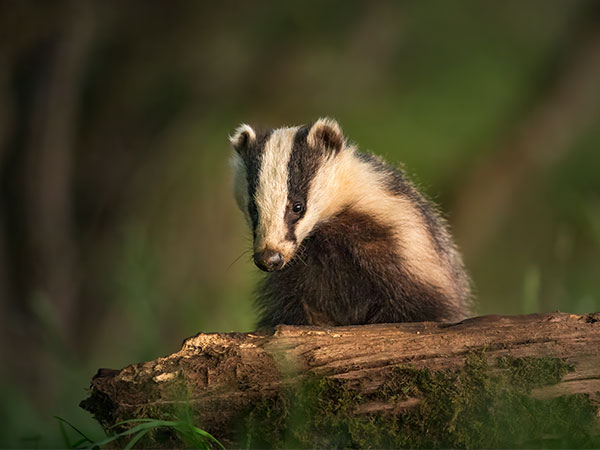 |
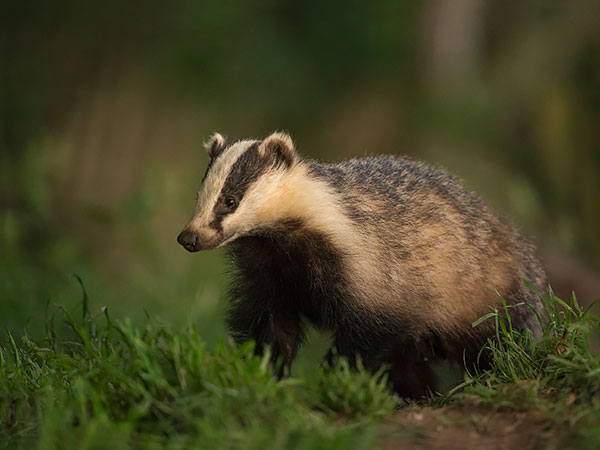 |
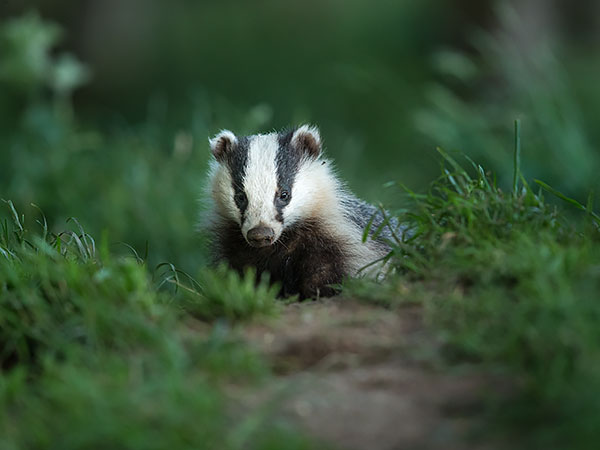 |
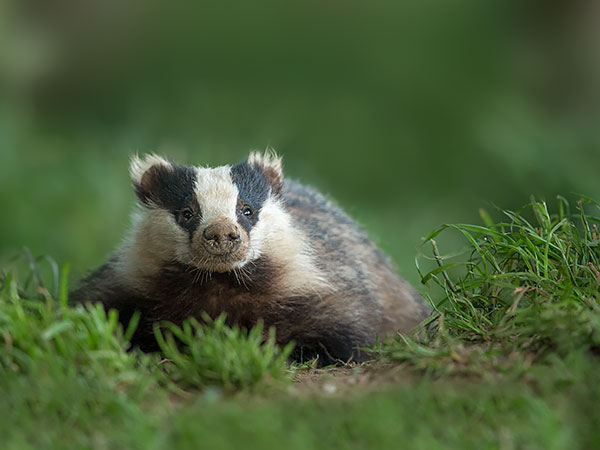 |
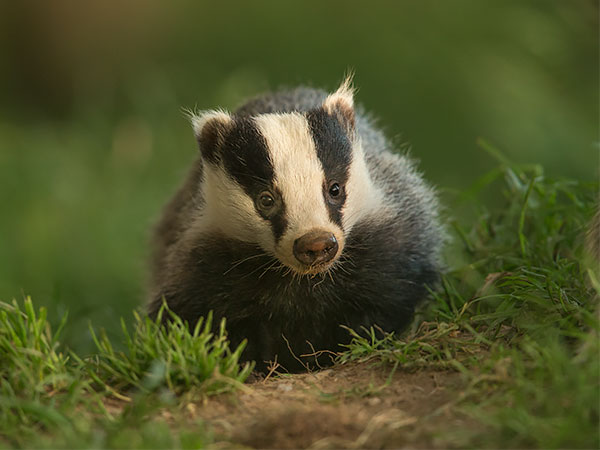 |
|
Badgers are not the easiest of mammals to see, they have a natural fear of man which is not surprising because of many years of hunting and persecution. Even though many people live near to badgers, the most frequent sightings are often of dead badgers on our roads as the casualty rate is quite high. It is also possible to see badgers as you drive along quiet roads at night. Where Badgers are left undisturbed, they can sometimes be much easier to see and many people do have badger sets close to gardens and they can be attracted to these gardens with peanuts and other suitable food. I have seen badgers whilst out driving, but these have been lucky sightings. I have been to a few hides where they have been seen during twilight hours. A few years ago, I saw a pair of badgers in mid afternoon whilst walking in a remote mountain area in Scotland. |
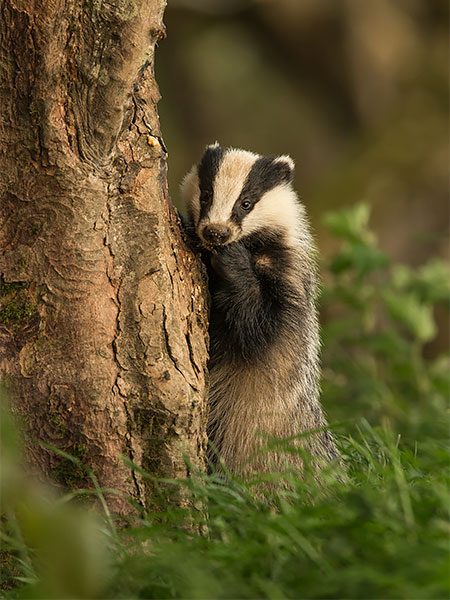 |
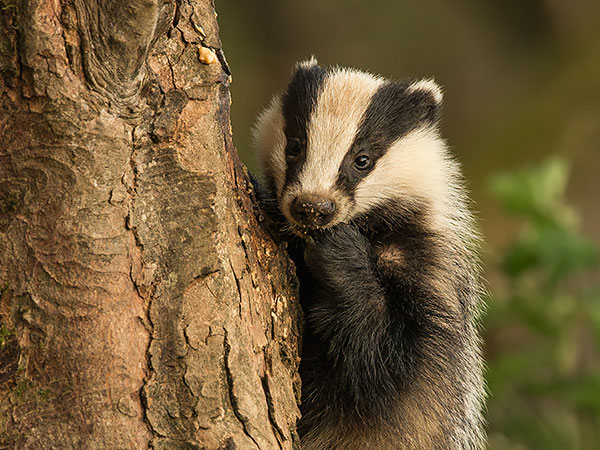 |
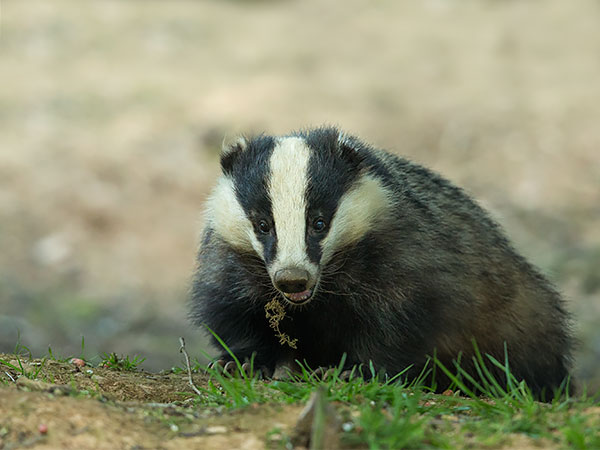 |
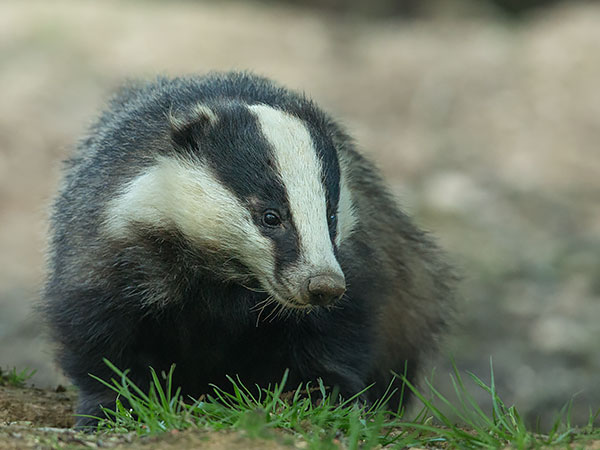 |
